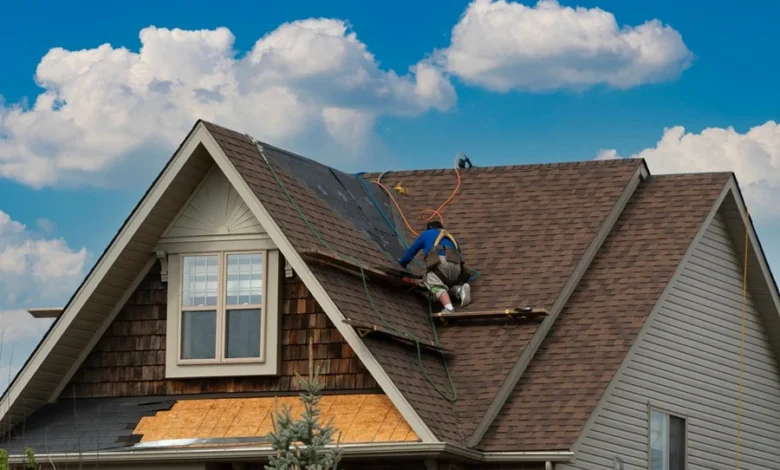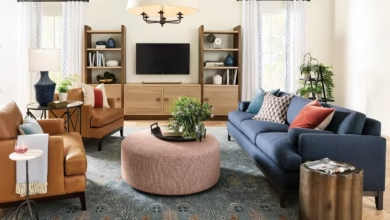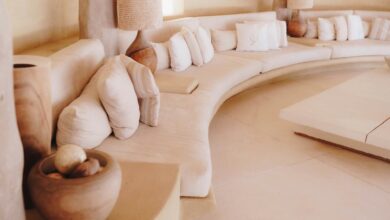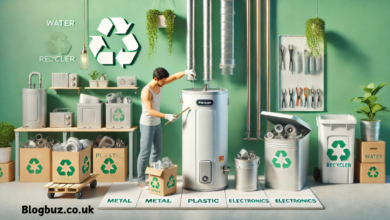The Evolution of Roofing Materials: What Modern Homeowners Need to Know

In the world of home construction and renovation, roofing materials have undergone a remarkable transformation. From the clay tiles of ancient civilizations to today’s cutting-edge synthetic options, the materials covering our homes reflect advances in technology, availability of resources, and evolving aesthetic preferences.
For homeowners exploring options for roof replacement or those undertaking new roof installation projects, understanding the trajectory of roofing materials can offer valuable insight into making informed decisions that align with their needs and values.
A Look Back: Traditional Roofing Materials
Centuries ago, roofing materials were dictated by regional availability and climate needs. In Mediterranean areas, red clay tiles dominated because they could endure high temperatures and were locally sourced. Meanwhile, in colder regions, thatched roofs made from straw or reeds provided decent insulation and were relatively easy to repair.
As architecture evolved, so did material preferences. Wood shingles became popular in North America, prized for their availability and rustic appearance. Slate gained favor among wealthier homeowners, offering long-term durability and a distinctive look. These early options laid the foundation for modern roofing preferences by balancing form and function.
The Rise of Asphalt Shingles
Arguably the most transformative development in modern roofing was the introduction of asphalt shingles in the early 20th century. Offering a lower cost alternative to slate or wood, asphalt quickly became the go-to material for residential roofing.
Easy to install and available in a wide variety of colors, asphalt shingles dominated the American roofing landscape for decades. However, despite their affordability and ease of use, they often come with trade-offs in lifespan and environmental impact.
Metal Roofing Makes Its Mark
Although long used in agricultural and industrial settings, metal roofing has become increasingly popular in residential applications. Once considered too cold or industrial for homes, it is now favored for its durability, energy efficiency, and resistance to extreme weather conditions.
Today’s metal roofs can mimic the look of traditional shingles or tiles while offering up to 50 years of reliable performance. As awareness grows around the long-term cost benefits and sustainability of metal, more homeowners are considering this option during roof replacement projects.
Eco-Friendly and Energy-Efficient Trends
In recent years, roofing has seen a surge in innovation tied to environmental awareness. Cool roofs, which reflect more sunlight and absorb less heat, have been developed to reduce air conditioning needs in warm climates. Materials like recycled shingles, green roofs (covered in vegetation), and solar-integrated roofing systems are becoming more accessible and affordable.
These choices align with the growing demand for eco-conscious building practices. They allow homeowners to reduce their carbon footprint without sacrificing functionality or style.
Composite and Synthetic Solutions
Synthetic roofing materials made from rubber, plastic, or polymer blends now provide the aesthetic appeal of natural materials like slate or cedar with added durability and lower maintenance. These options have been especially popular in regions facing extreme weather conditions, where traditional materials might degrade quickly.
Advances in technology have made these synthetic materials nearly indistinguishable from their natural counterparts. As the roofing industry continues to innovate, the line between form and function becomes increasingly blurred, benefiting the modern homeowner.
The Role of the Roofing Contractor in Material Selection
Choosing the right roofing material is no longer just about aesthetics or cost—it’s a multifaceted decision involving climate considerations, structural integrity, environmental impact, and maintenance expectations. That’s where the guidance of an experienced roofing contractor becomes invaluable.
The right professional won’t simply offer a menu of options but will help homeowners navigate their unique needs to make an informed choice. From assessing slope and drainage to analyzing long-term energy costs, a contractor plays a critical role in aligning material choice with practical outcomes.
Regional Preferences and Local Influences
Not all roofing materials perform equally well in all environments. In hurricane-prone regions, impact-resistant materials are crucial. In snowy climates, weight-bearing capacity becomes a key consideration. In places with abundant sunshine, reflective materials or solar-ready options can offer significant savings on energy bills.
This is why many reputable companies, such as Strive Roofing & Construction, often begin consultations by understanding not just the house but also the landscape, weather patterns, and neighborhood expectations. While materials may be marketed on a national scale, roofing remains a deeply local decision.
Maintenance: A Hidden Factor in Material Selection
Longevity and Return on Investment
One often-overlooked aspect of roofing material selection is maintenance. Some homeowners are drawn to the look of wooden shakes without considering the upkeep they require. Others may not realize that certain materials, while durable, require special cleaning or sealing treatments to retain their effectiveness.
In the long run, low-maintenance materials may offer better value, especially for homeowners who lack the time or inclination to manage ongoing roof care. This consideration is critical during any roof installation process and should factor into final decisions.
The lifespan of a roofing material varies greatly. Asphalt shingles might last 20–30 years, while metal and slate can exceed 50. Synthetic materials often fall somewhere in between. Understanding the projected longevity and comparing it against upfront installation costs can help homeowners calculate the true return on investment.
For example, a slightly more expensive roofing material that lasts twice as long as a cheaper alternative may offer better long-term value—not to mention fewer disruptions due to repairs or replacements.
Final Thoughts: Informed Choices for Modern Living
As technology evolves and environmental consciousness grows, the roofing industry continues to innovate. Today’s homeowners have access to more materials, styles, and sustainability options than ever before. But with choice comes responsibility—understanding how these materials perform, their costs, their impact on the environment, and their suitability for your specific needs.
Whether you’re planning a new build or scheduling a roof replacement, the materials you choose today will influence the comfort, value, and durability of your home for decades. Staying informed and seeking expert guidance ensures that your roofing decisions are both stylish and smart.




